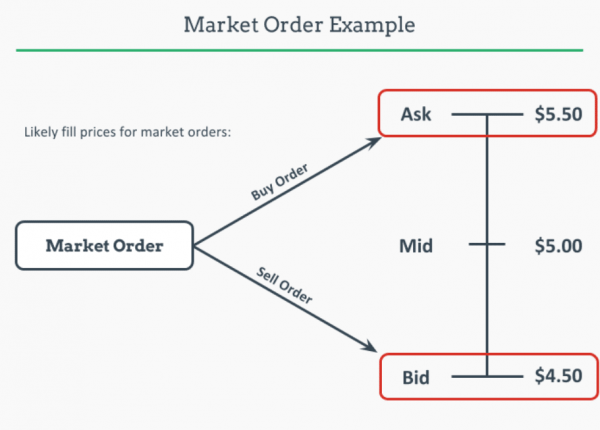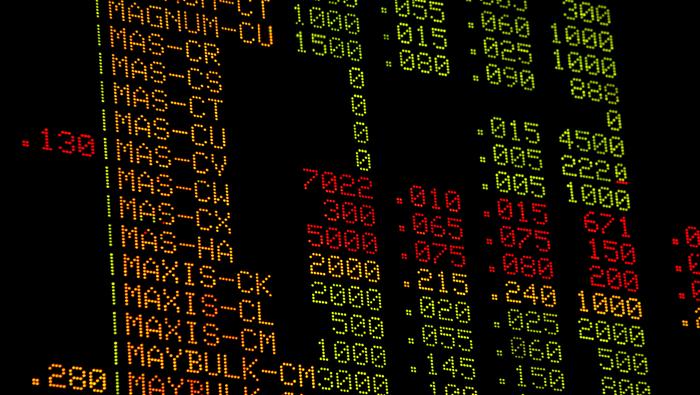
Alert securities help you stay on top of stock prices. These systems send you notifications when a stock or ETF goes up or down by a certain percentage. These systems can also help you understand the context of a stock's movement and identify patterns after certain events. These alerts are common. These systems can save you a lot of time and energy.
Normal, non-malicious actions can trigger alerts
An Alert is an alert that is sent to you when there is suspicious activity. It indicates that security incidents are being investigated. An Alert is typically triggered by a security system detecting a threat actor's possible malicious attack. An Alert is sent to the security system to be triaged. If the threat actor is detected, the alert is de-escalated to an Incident.
Analyzing alerts involves relating an event to a preprogrammed warning rule. The programmatic correlation logic generates alarms. After that, the event is investigated to determine whether it is a False Positve or an Incident. In some cases, an Incident Response Process is used to resolve the incident. You can also enhance an alert by querying historical data in a Data Lake or other event sources.

Alert levels
The Securities and Exchange Commission, (SEC), has published several Investor Alerts that help investors to determine when to buy and sell securities. These alerts are based on trends or recent events. This investor alert focuses specifically on digital currency. This alert warns investors that speculation trading in Bitcoin can pose significant risks.
Investors can set up alerts to inform them when a stock, ETF, or other investment moves a specific percentage. This helps investors identify large market moves, to place them in context, as well as recognize patterns and trends that occur after specific events.
Alert types
Two types of alerts are available for securities. The first alert is a simple one-variable alert. The second type uses an intermediate criterion based on a change in a predetermined value. Both types have the same purpose: they will notify you if a security's price changes.
You can also set up alerts to specific prices. You can create an alert to be notified when a stock, ETF or bond moves up or down by a particular percentage. These alerts are helpful because they can help you spot big moves and place the price within context. They can also be used to identify patterns that follow certain events.

Alert levels graphs
The task of developing alert levels is complex and requires cooperation from many parties. The system should be transparent and based on sound principles of public health. It must also be capable of incorporating new evidence as the risks change. Alert levels should be easy to understand, and communication must be fast and accessible, whether through mass media or social media.
Alert levels can be determined on the basis of a variety factors such as the level or risk and volatility. These indicators must be considered within the context of other data. The indicators must be quantifiable. Additionally, the user should be allowed to modify the thresholds. Security cannot be automated, so the thresholds and risk level can't be set in stone. It is also important to allow for changes if the user plans on switching security often.
Alert user name
There are many ways to customize your Alert's email address and user name. For example you can link a user’s Email address to their Phone Number. You can also choose which alerts users will receive on different devices. If you have both an email address and a phone number, you can set up alerts to be sent to both.
FAQ
What's the difference between the stock market and the securities market?
The securities market is the whole group of companies that are listed on any exchange for trading shares. This includes stocks and bonds, options and futures contracts as well as other financial instruments. Stock markets are usually divided into two categories: primary and secondary. Stock markets that are primary include large exchanges like the NYSE and NASDAQ. Secondary stock markets allow investors to trade privately on smaller exchanges. These include OTC Bulletin Board Over-the-Counter and Pink Sheets as well as the Nasdaq smallCap Market.
Stock markets have a lot of importance because they offer a place for people to buy and trade shares of businesses. The value of shares is determined by their trading price. New shares are issued to the public when a company goes public. Dividends are paid to investors who buy these shares. Dividends refer to payments made by corporations for shareholders.
In addition to providing a place for buyers and sellers, stock markets also serve as a tool for corporate governance. Boards of directors, elected by shareholders, oversee the management. Managers are expected to follow ethical business practices by boards. The government can replace a board that fails to fulfill this role if it is not performing.
What is a REIT?
A real-estate investment trust (REIT), a company that owns income-producing assets such as shopping centers, office buildings and hotels, industrial parks, and other buildings is called a REIT. These are publicly traded companies that pay dividends instead of corporate taxes to shareholders.
They are similar to a corporation, except that they only own property rather than manufacturing goods.
What is a Stock Exchange exactly?
A stock exchange is where companies go to sell shares of their company. This allows investors the opportunity to invest in the company. The market decides the share price. It is usually based on how much people are willing to pay for the company.
Investors can also make money by investing in the stock exchange. Investors are willing to invest capital in order for companies to grow. This is done by purchasing shares in the company. Companies use their funds to fund projects and expand their business.
Many types of shares can be listed on a stock exchange. Some shares are known as ordinary shares. These shares are the most widely traded. Ordinary shares are bought and sold in the open market. Shares are traded at prices determined by supply and demand.
Preferred shares and bonds are two types of shares. When dividends are paid out, preferred shares have priority above other shares. A company issue bonds called debt securities, which must be repaid.
Statistics
- "If all of your money's in one stock, you could potentially lose 50% of it overnight," Moore says. (nerdwallet.com)
- Our focus on Main Street investors reflects the fact that American households own $38 trillion worth of equities, more than 59 percent of the U.S. equity market either directly or indirectly through mutual funds, retirement accounts, and other investments. (sec.gov)
- The S&P 500 has grown about 10.5% per year since its establishment in the 1920s. (investopedia.com)
- For instance, an individual or entity that owns 100,000 shares of a company with one million outstanding shares would have a 10% ownership stake. (investopedia.com)
External Links
How To
How to make a trading program
A trading plan helps you manage your money effectively. It helps you understand your financial situation and goals.
Before you begin a trading account, you need to think about your goals. You may wish to save money, earn interest, or spend less. You might consider investing in bonds or shares if you are saving money. If you're earning interest, you could put some into a savings account or buy a house. Maybe you'd rather spend less and go on holiday, or buy something nice.
Once you know your financial goals, you will need to figure out how much you can afford to start. This depends on where your home is and whether you have loans or other debts. Consider how much income you have each month or week. Your income is the net amount of money you make after paying taxes.
Next, save enough money for your expenses. These expenses include rent, food, travel, bills and any other costs you may have to pay. Your monthly spending includes all these items.
Finally, figure out what amount you have left over at month's end. This is your net disposable income.
You now have all the information you need to make the most of your money.
Download one online to get started. You could also ask someone who is familiar with investing to guide you in building one.
Here's an example spreadsheet that you can open with Microsoft Excel.
This will show all of your income and expenses so far. This includes your current bank balance, as well an investment portfolio.
And here's a second example. This was created by an accountant.
It will let you know how to calculate how much risk to take.
Don't try and predict the future. Instead, you should be focusing on how to use your money today.